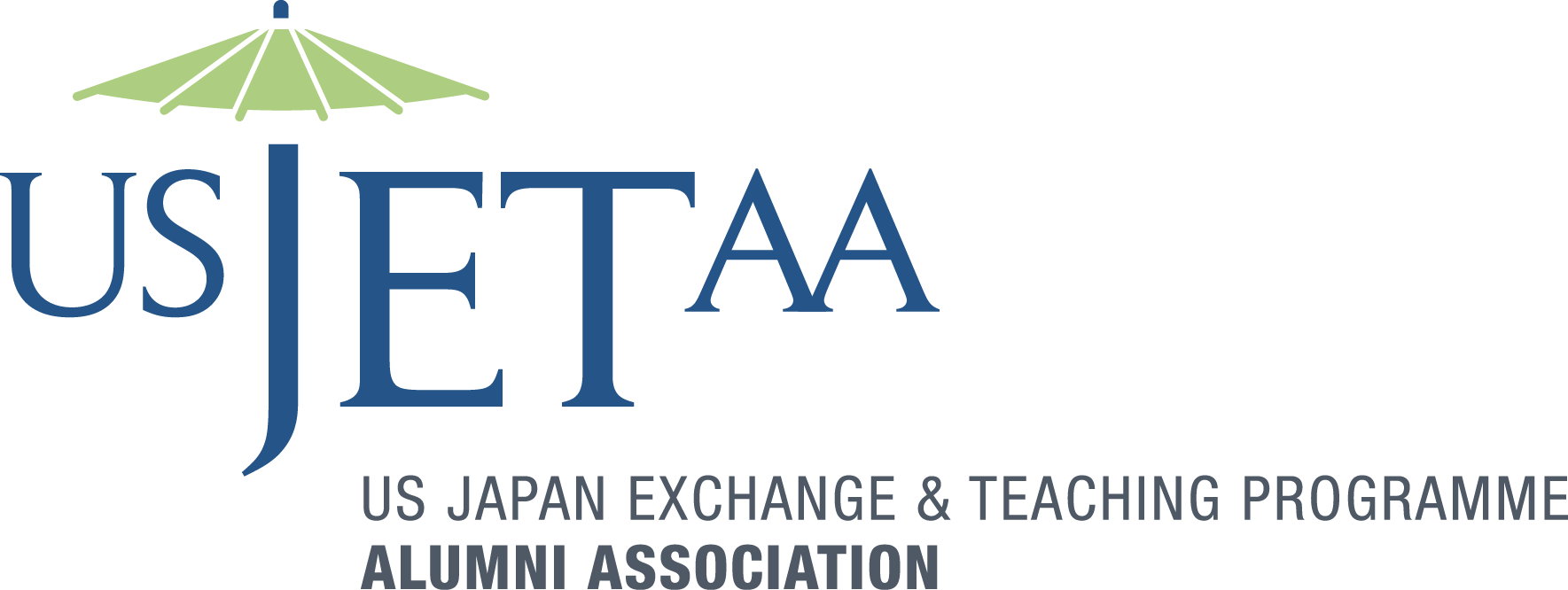This article is a part of the East-West Center in Washington – US JET Alumni Association guest contributors program, in which former Japan Exchange and Teaching (JET) Program participants share their experiences and insights about US-Japan people-to-people ties.
Arizona State University and Hiroshima Shudo University (HSU) have enjoyed an exchange relationship since 1988. Each spring a class of HSU students comes to Tempe to study American English and culture. To complement this program, ASU professors Miko and James Foard established a faculty-led summer abroad to Hiroshima in 2003. Since these programs began, over 650 HSU students have visited Tempe, while 150 ASU students have visited Hiroshima. These trips connect and transform participants, which leads to further cross-cultural engagement and better relations between Japan and the United States. Participating in 2012 encouraged me to apply to the Japan Exchange and Teaching (JET) Program, and gave me confidence to accept placement in a village where I was the only foreigner.
The two-way exchange lets students from both universities meet first in the United States, then again in Japan. Spending time together in each other’s countries strengthens relationships more than a one-way exchange. “The ability to exchange students and let them have a personal glimpse of another culture is extremely important,” says the summer program’s current director, Japanese lecturer Bradley Wilson, “especially to the language learner.” The friendships provide direct exchange and language practice between native speakers – sometimes for years to come. “I kept in connection with one of my friends as a pen pal, and we have reunited several times since then,” says Rachel Blaine, who participated in 2012.
In just five weeks, the academically intensive program comprises five credit hours in Japanese language and a two-credit elective course on the history and culture of Japan and Hiroshima. Various field trips include visiting two UNESCO World Heritage sites (Itsukushima Shrine and Atomic Bomb Dome) and meeting an A-bomb survivor.
The first weekend is a homestay. This gives students a taste of Japanese home life and etiquette. Often, participants stay in contact with their host families long after the program. For example, Rachel Blaine’s host sister came to visit her in America. Stephen Crawford, who participated in 2010, now in his fourth year on JET in Hiroshima, still sees his host family regularly, and cites them as a reason for choosing Hiroshima as his placement preference.
Another field trip is to a local elementary school. The visit impressed Blaine to apply to JET. Unlike her experience in urban Hiroshima she was sent to a rural island. “It was more than I could have ever dreamed of. I worked there for four years, and loved it.”
Hiroshima, too, has a local identity distinct from the bustling centers of Tokyo and Kyoto, and therefore delivers a different experience of Japan. “Hiroshima is so historically important,” Wilson says, “we are very lucky to send students to explore that location. Now that the majority of the participants in WWII are passing, it will become even more critical that we send students between our universities to maintain a collective knowledge of that time.”
Relations between countries can heal dramatically. “Hiroshima is a city with a strong connection to America,” says Stephen DiTomosso, who participated in 2010, “it’s the perfect place to nurture and develop further peace and understanding between both countries.” The connection was so strong, he returned on his own to study at Shudo for a full year, where he met his wife who is from Hiroshima. After working as a Coordinator for International Relations on JET in Kagoshima, he returned to Hiroshima again where he now works for an automotive supplier.
Participants often return to work in Japan, which strengthens relations all the more. “Former participants in exchange programs almost always go on to promote Japan for the rest of their lives,” Wilson says. “They are inextricably changed and are better off for it.”
James Hanlon was an Assistant Language Teacher on the JET Program in Yamanashi Prefecture from 2015 to 2018.

The United States Japan Exchange & Teaching Programme Alumni Association (USJETAA) is a 501(c)(3) nonprofit educational and cultural organization that promotes grassroots friendship and understanding between the United States and Japan through the personal and professional experiences of over 30,000 Americans who have participated on the JET Programme since its inception in 1987. USJETAA serves as a resource for individual JET alumni, JETAA chapters nationwide, and potential JET participants; supports the leadership of JETAA chapters with programming, membership recruitment, chapter management, leadership, professional development, and fundraising; and, supports the JET Program(me) and engages with the U.S.-Japan community.